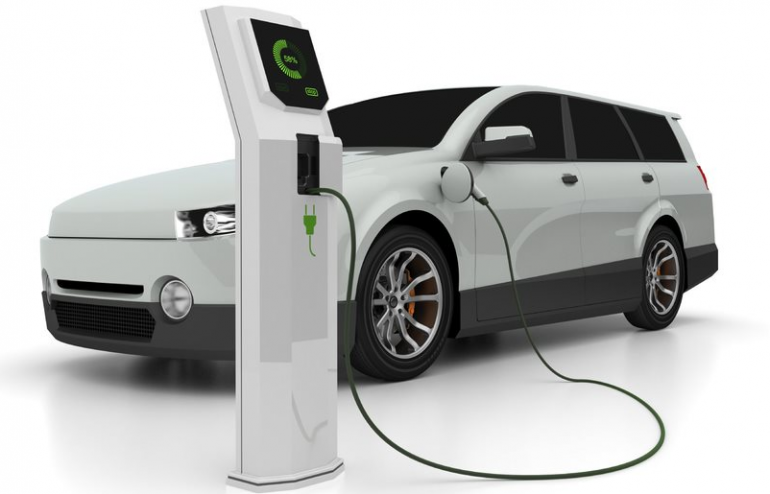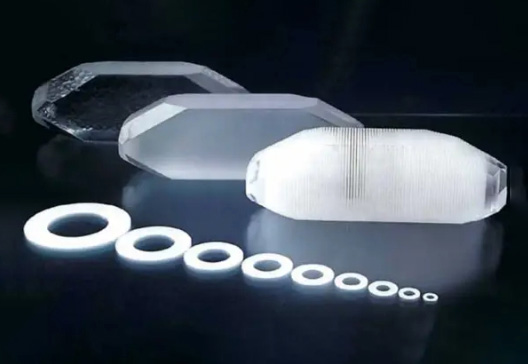Will Energy Cells be replaced by New Fuel Cells in the Automobile Industry?
In terms of development trend, the most likely dominant position in the market in the next 20 to 30 years should be electric vehicles, and the current energy battery solutions for new energy vehicles include fuel cells and lithium-ion batteries. Compared with traditional fuel vehicles, electric energy vehicles have the advantages of being more environmentally friendly, more economical and easier to maintain. It is an inevitable trend that fuel vehicles will disappear completely and new energy vehicles will be installed in the future, and tungsten could make a big difference in this energy revolution.

It is well known that most of the energy supply schemes currently used in electric cars are lithium-ion batteries. Because of its long service life, low self-discharge rate, high power bearing capacity, and energy ratio, lithium-ion battery has become the mainstream of current electric energy vehicles. However, the development of lithium-ion batteries is close to the limit at the present level of technology, as well as lithium-ion batteries have poor safety, high cost and high risk of explosion, so it can be said that lithium-ion batteries will not play a leading role in the future market of new energy vehicles. As a result, both Tesla and BYD, the industry's leading American company and a rising star in China, have been working on new plans for power batteries.
In fact, the first choice and development of European and American countries have been fuel cells since the development of new energy vehicles, and most of them did not expect lithium-ion batteries to become the mainstream. However, the future development direction of energy batteries may return to fuel cell orbit with the increasingly obvious bottleneck of lithium-ion batteries. At present, vehicle fuel cell with more mature technology is known as hydrogen fuel cell scheme and methanol fuel cell scheme. In terms of the whole industrial chain, hydrogen energy and other fuel cells drive and promote the overall level of related industries at a higher level than the lithium-ion battery industry.
Of course, the cost problem with early fuel cells is obvious that platinum metals must be used as catalysts. Platinum is expensive, needless to say, and platinum is toxic in the catalytic process, which goes against the original intention of clean energy. So the catalyst is the biggest obstacle to the commercialization of fuel cells, which gives lithium batteries a chance to take advantage of it.
Scientists have been looking for catalysts that can replace platinum. In recent years, scientists have discovered that tungsten carbide also has the most platinum-like catalytic properties, a boon for fuel cells. Tungsten carbide not only has good electrocatalytic performance but also does not produce toxic by-products, which is a real green catalyst. Compared with platinum, the only drawback of tungsten carbide is that it is not conductive enough. However, it is not hard to find highly conductive materials for modern industry, and graphene is a great choice. It is agreed by scholars at home and abroad that the catalytic performance of nanometer tungsten carbide + graphene composite is no less than or even more than that of platinum group, which means that tungsten-based fuel cells will drastically reduce the cost of fuel cells and affect the price of cars sold, and makes the future of new energy vehicles to replace existing fuel vehicles will no longer be empty talk.



